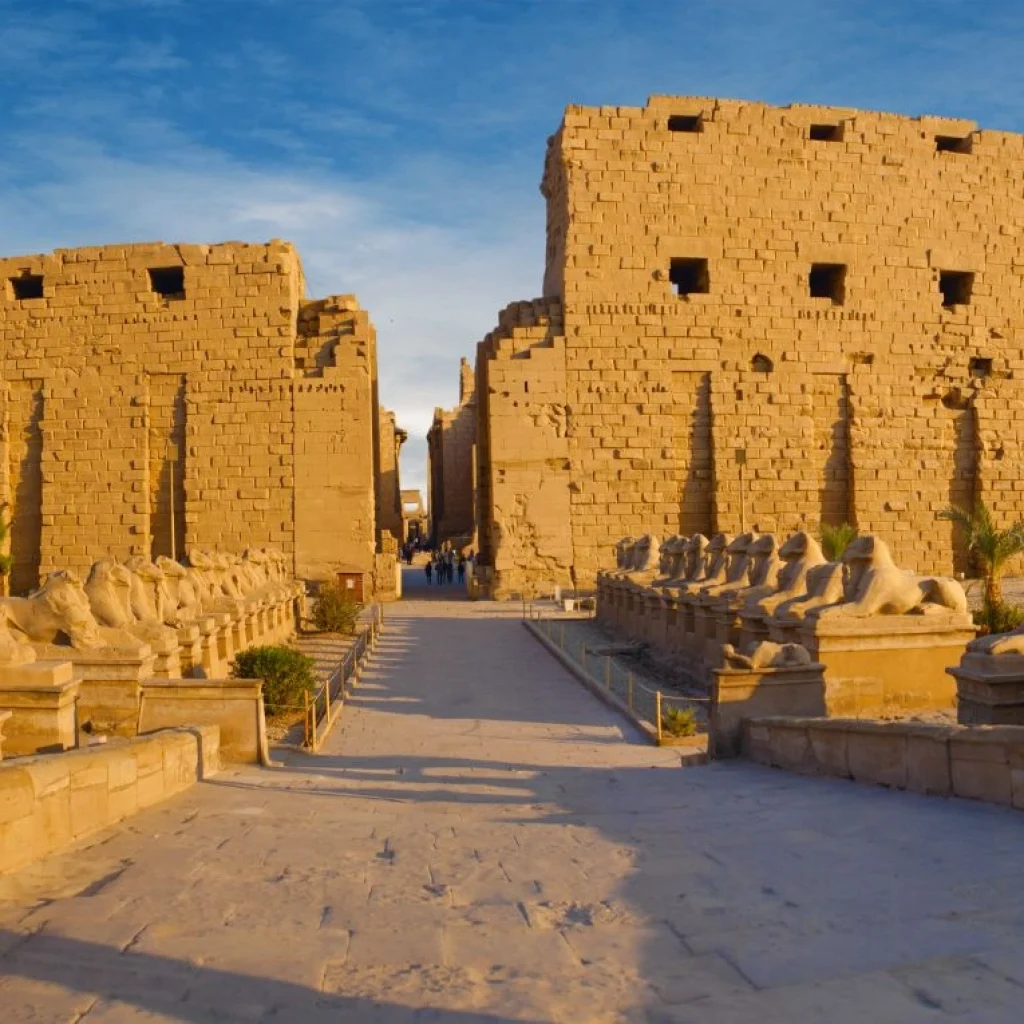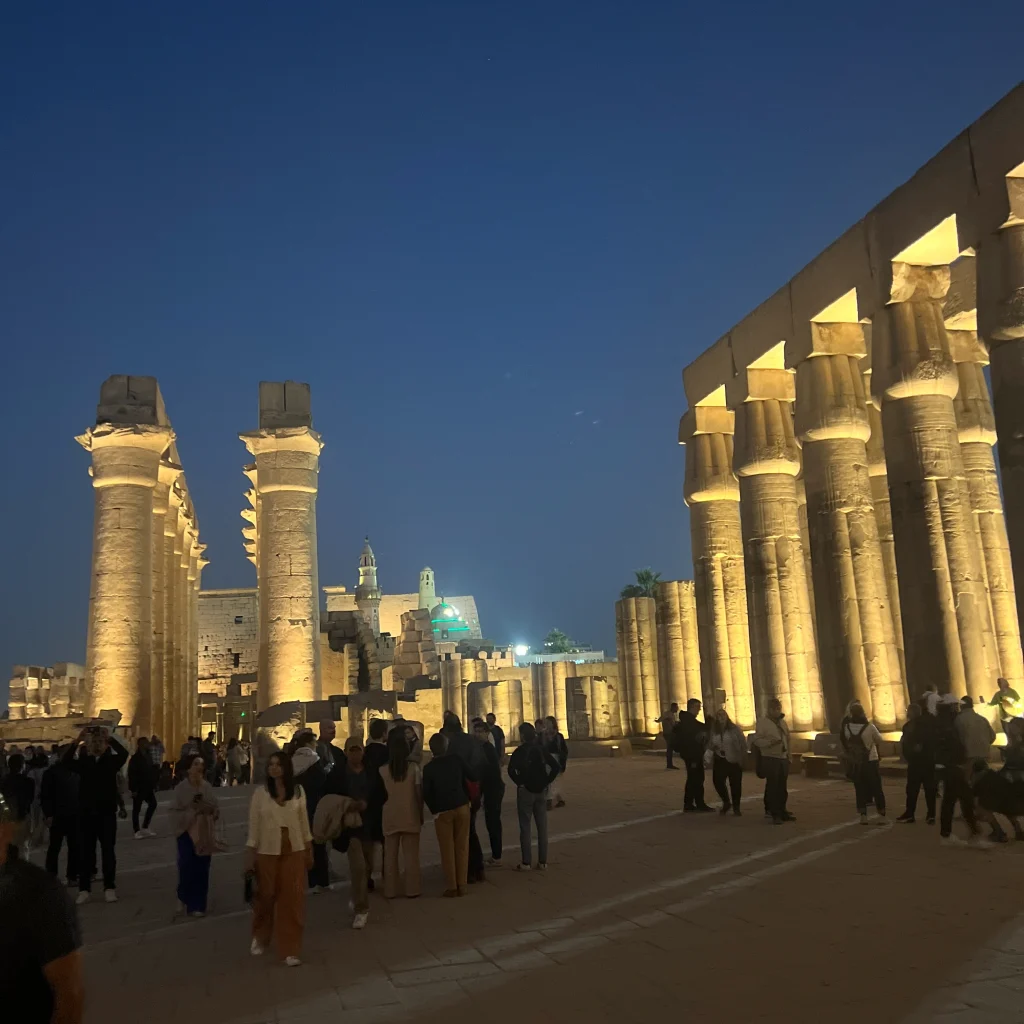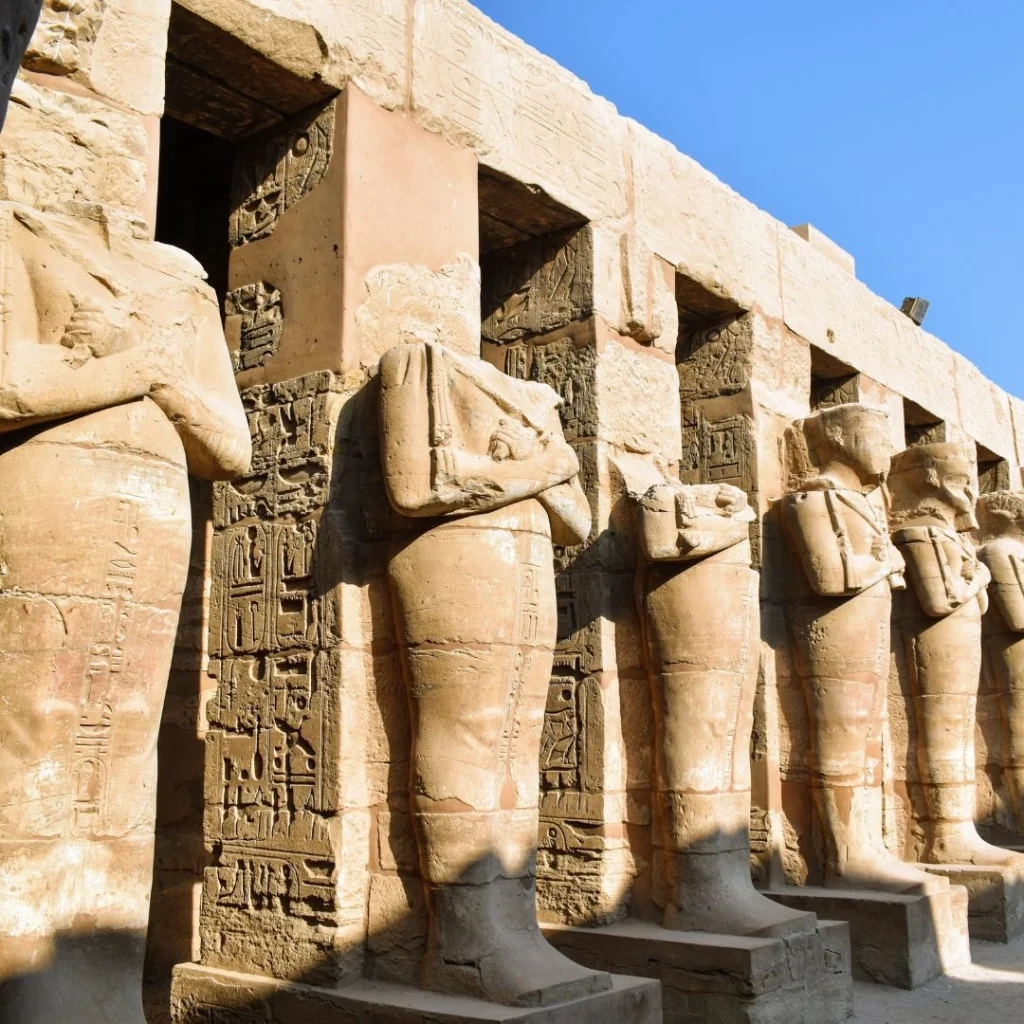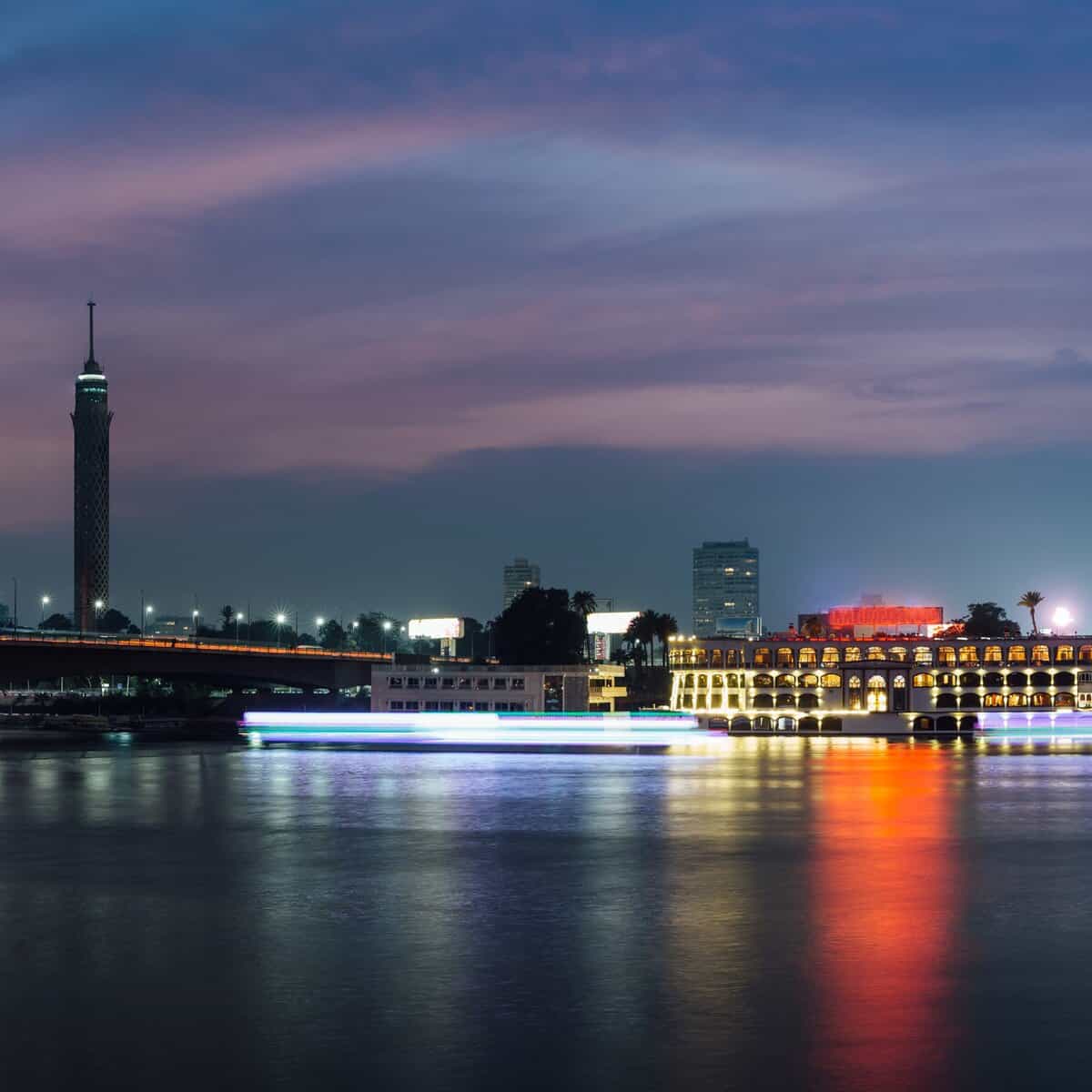Karnak Temple, once known as Ipet-Isu by the ancient Egyptians, translates to “The Most Select of Places.” This awe-inspiring temple complex, located in the village of El-Karnak, 2.5 kilometers (1.6 miles) north of Luxor, served as a hub of worship for over 2,000 years. Dedicated to the Theban Triad of Amun, Mut, and Khonsu, the temple stands as a testament to ancient Egypt’s architectural brilliance and spiritual devotion. Today, it invites visitors from around the world to uncover its mysteries and marvel at its grandeur.
Table of Contents
The History of Karnak Temple

The history of Karnak Temple is intertwined with the rise of Thebes. Initially a modest sanctuary for Mut, the Earth Goddess, and Montu, the temple gained prominence when Thebes became Egypt’s capital during the 11th dynasty.
- Expansions by Pharaohs: Successive rulers contributed to its construction, with Queen Hatshepsut leaving a notable legacy by erecting two obelisks, one of which remains the tallest surviving ancient obelisk.
- Decorations and Commemorations: Pharaoh Merneptah recorded his military victories on the temple’s walls, while later rulers, such as Nectanebo I, fortified the site with massive pylons and enclosure walls.
- Decline: The temple was abandoned during the Roman period when Emperor Constantius II ordered the closure of pagan temples in 356 AD.
Interesting Facts About Karnak Temple

- Largest Religious Complex: Covering 200 acres, Karnak Temple is the largest religious site ever built.
- Hypostyle Hall: Its Hypostyle Hall contains 134 towering columns, creating the largest religious space in any structure.
- Sacred Features: The temple houses a sacred lake, colossal statues, obelisks, and smaller temples, all of which attract millions of visitors annually.
The Opet Festival at Karnak

The Opet Festival was an annual celebration connecting the pharaoh with the god Amun.
- Ceremonial Processions: Priests adorned Amun’s statue in fine linen and jewelry, placing it in a shrine for a grand procession.
- Community Celebrations: Festivities included distributing bread and beer to attendees while priests answered questions from the public.
Symbol of Fertility: The festival symbolized the earth’s fertility and Amun’s divine power
Best Sites Inside Karnak Temple

Precinct of Amun-Re
The largest section of Karnak Temple, this precinct is dedicated to Amun. It features colossal statues and the tallest obelisk in Egypt, weighing 328 tonnes and standing 29 meters tall.
Precinct of Montu
Located north of Amun’s complex, this precinct honors Montu, the falcon-headed god of war. Its grand court, restored during the 30th dynasty, showcases remarkable Kushite-era architecture.
Temple of Amenhotep IV
Built by Akhenaten, this temple, named Gempaaten (“The Sun Disc is Found in the Estate of the God Aten”), was destroyed after his death but remains a fascinating part of the complex.
Conclusion
Karnak Temple stands as a timeless symbol of ancient Egypt’s architectural mastery, religious devotion, and cultural heritage. From its grand Hypostyle Hall and sacred obelisks to the captivating stories of its festivals and rituals, the temple offers an unparalleled glimpse into the spiritual and historical heart of ancient Thebes.
Exploring Karnak Temple is more than just visiting a site—it’s stepping back in time to witness the grandeur and ingenuity of one of history’s greatest civilizations. Whether you’re marveling at the towering columns, walking through its sacred precincts, or uncovering its hidden mysteries, Karnak Temple promises an unforgettable experience.
Make Karnak Temple a part of your journey to Egypt and discover the wonders of a land where history and mythology come to life.



